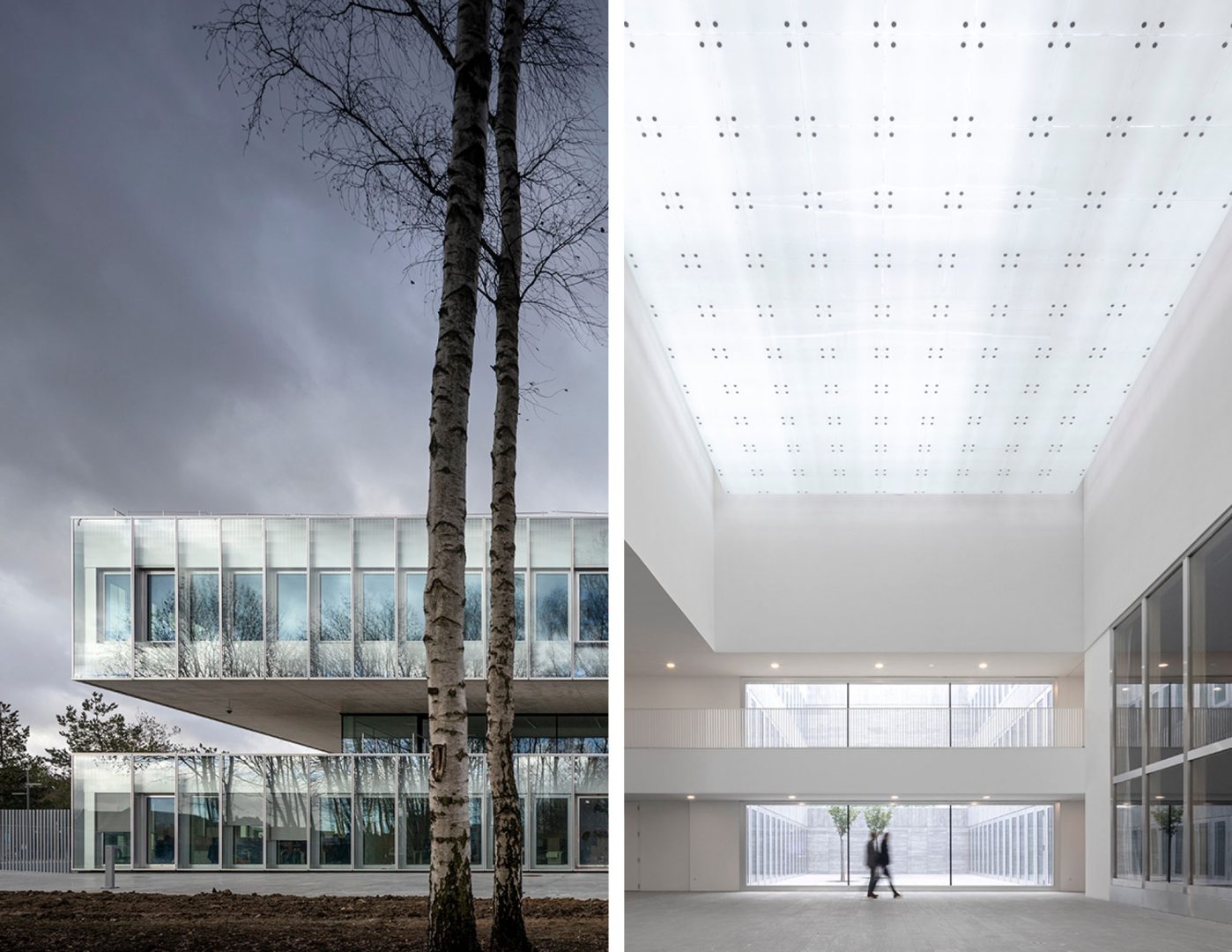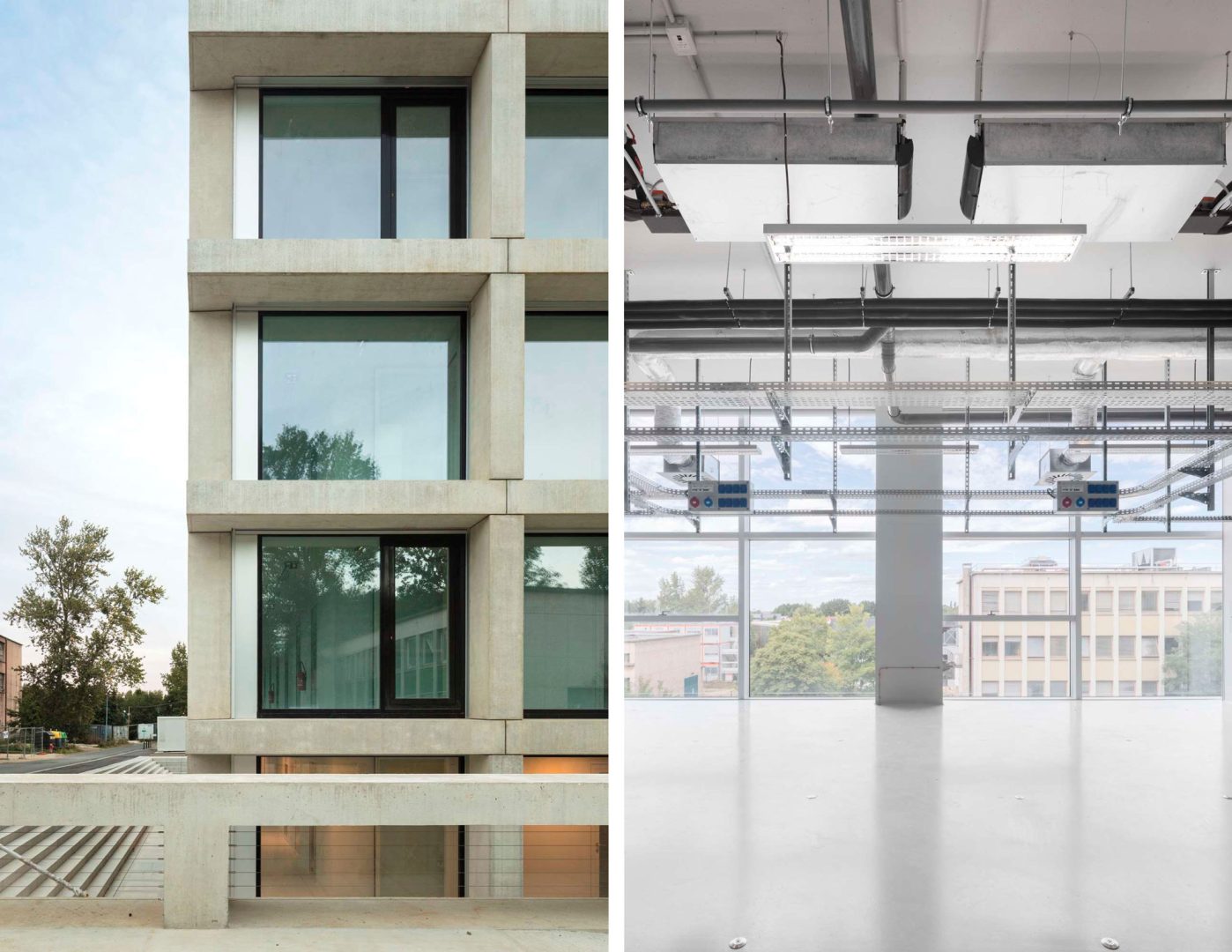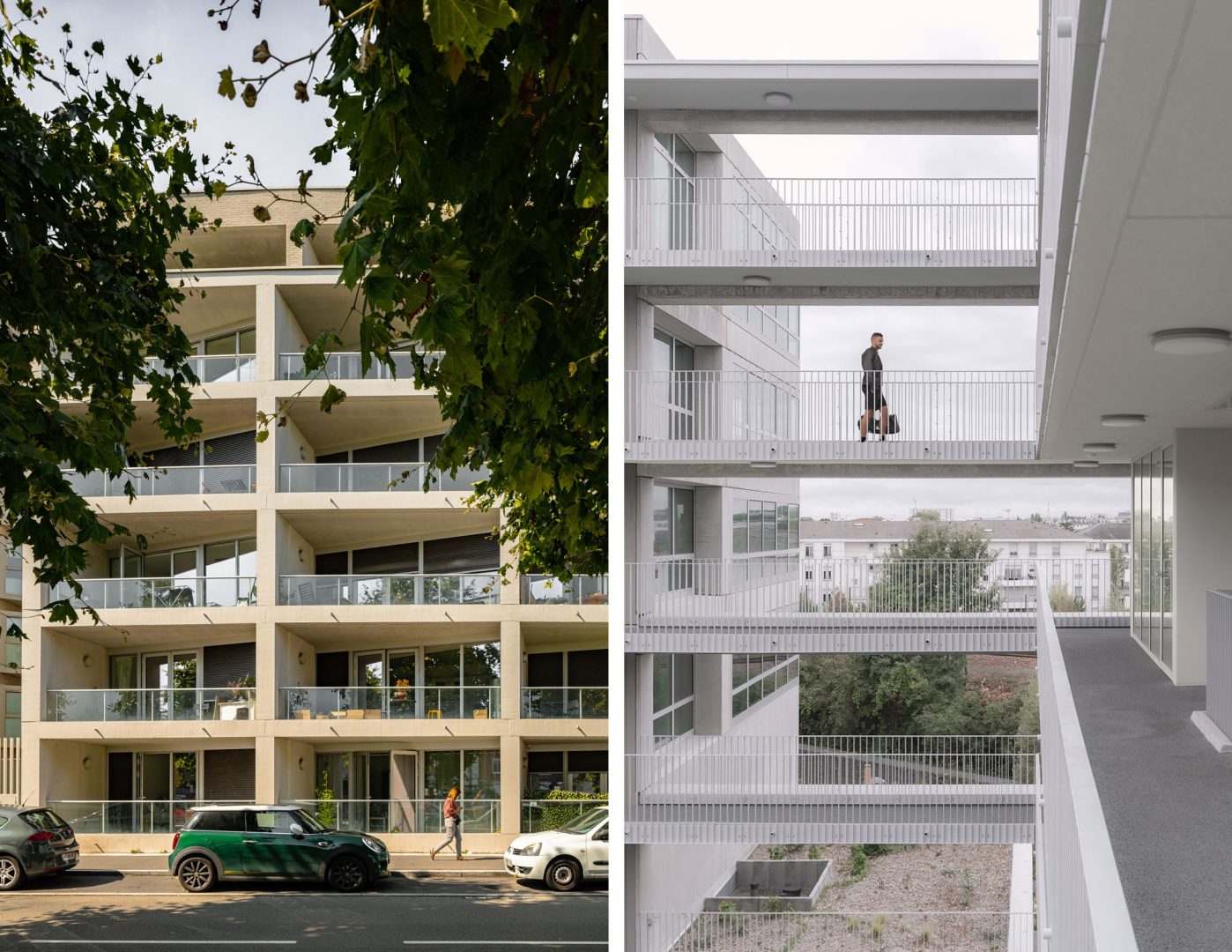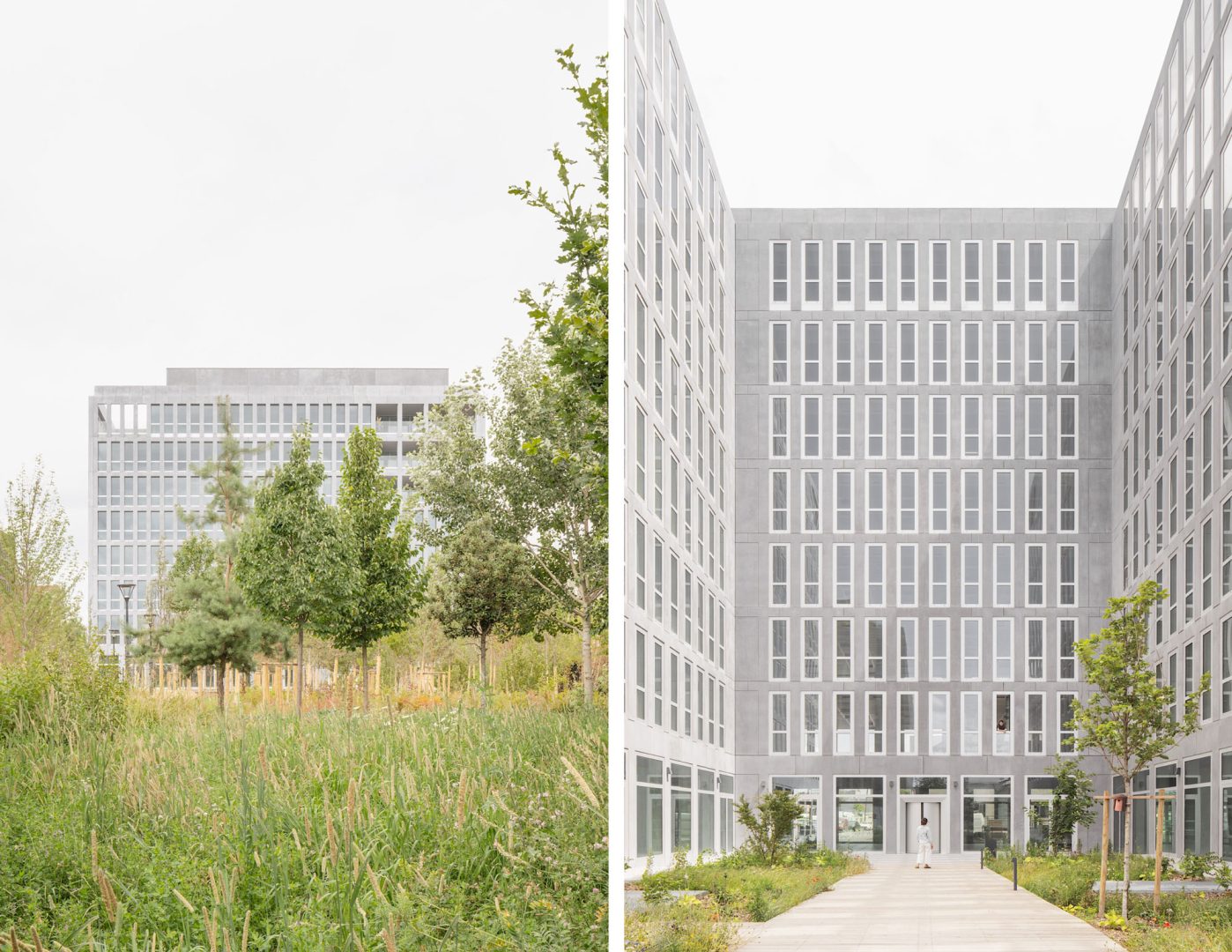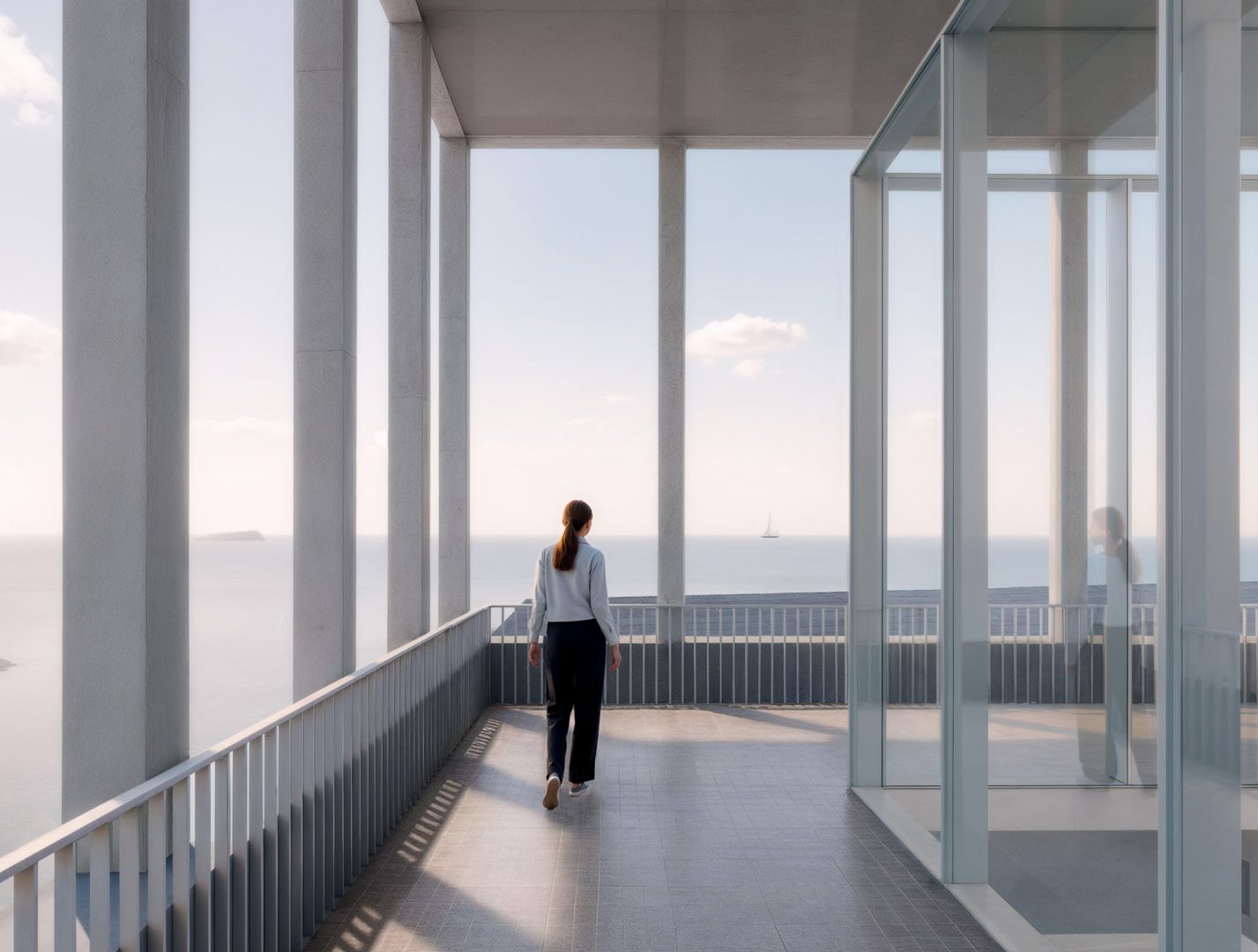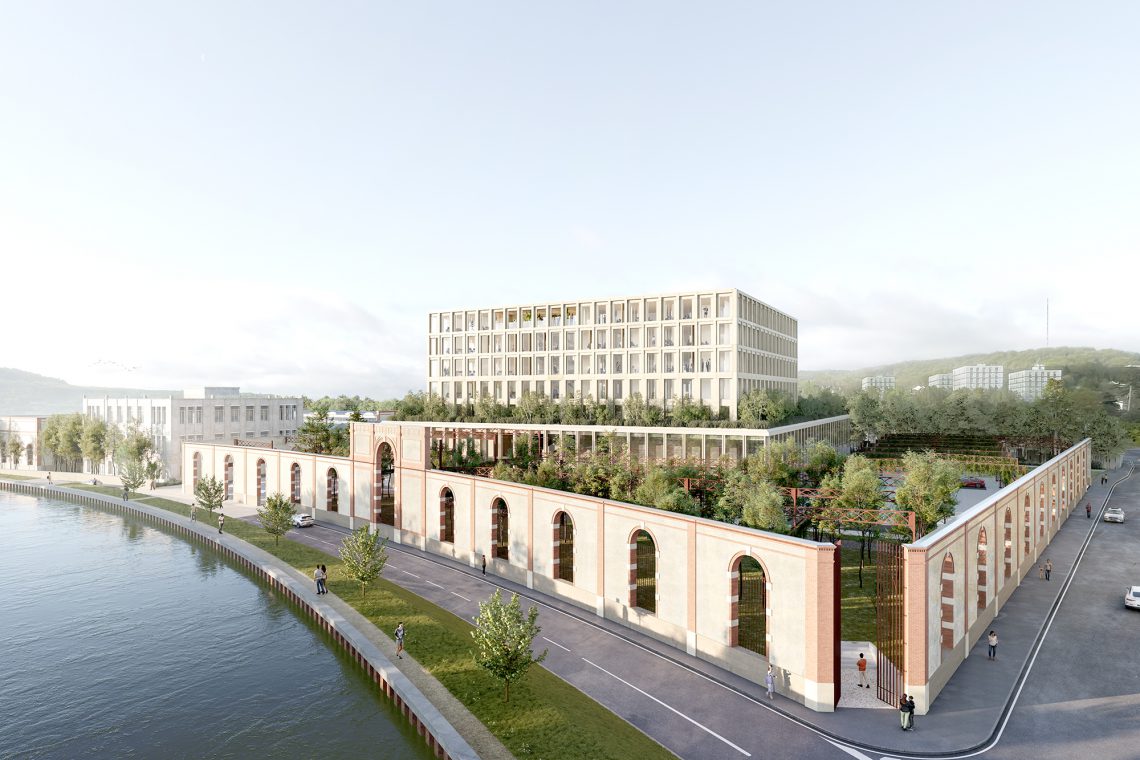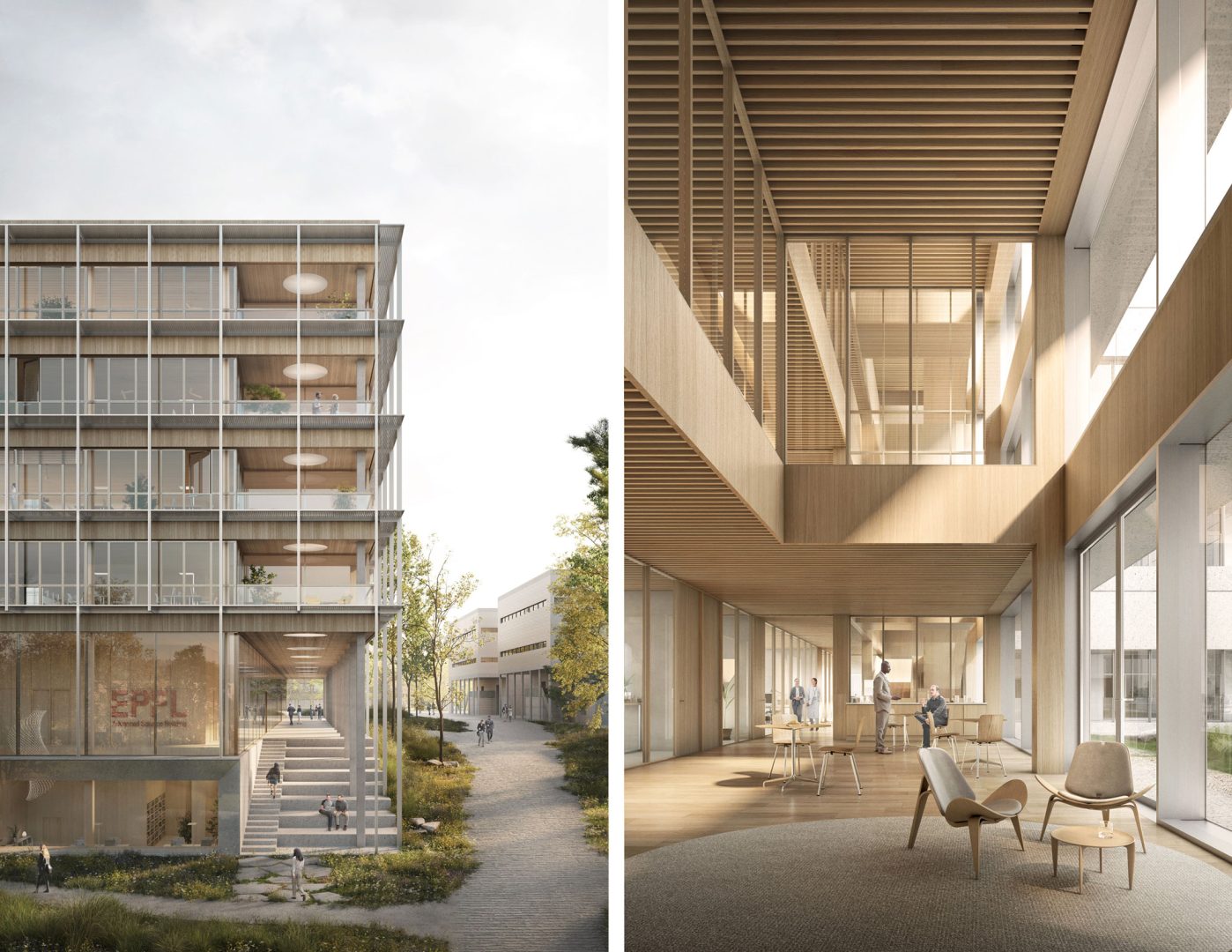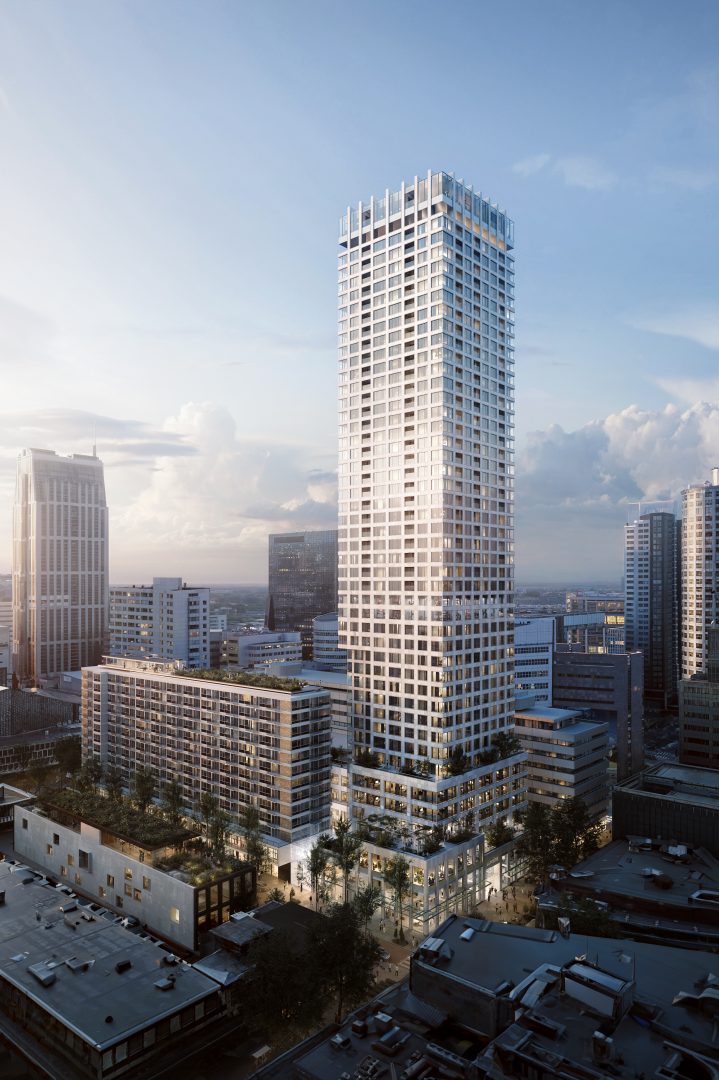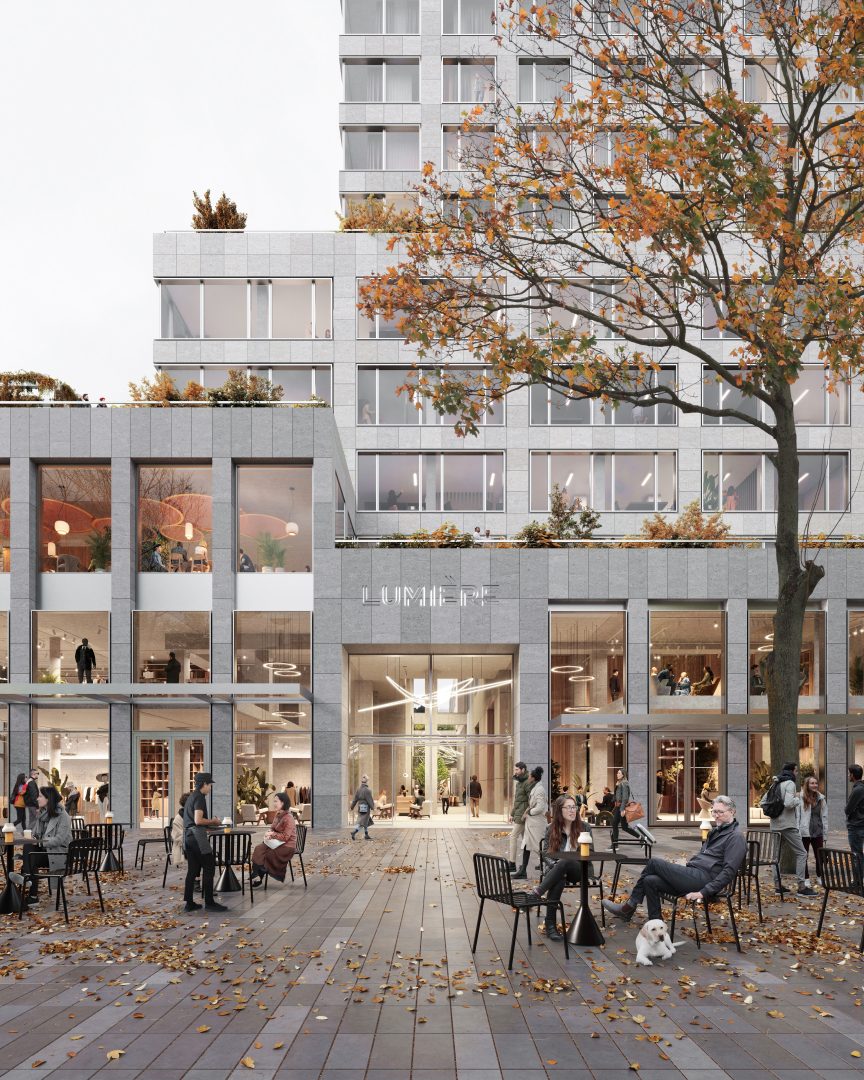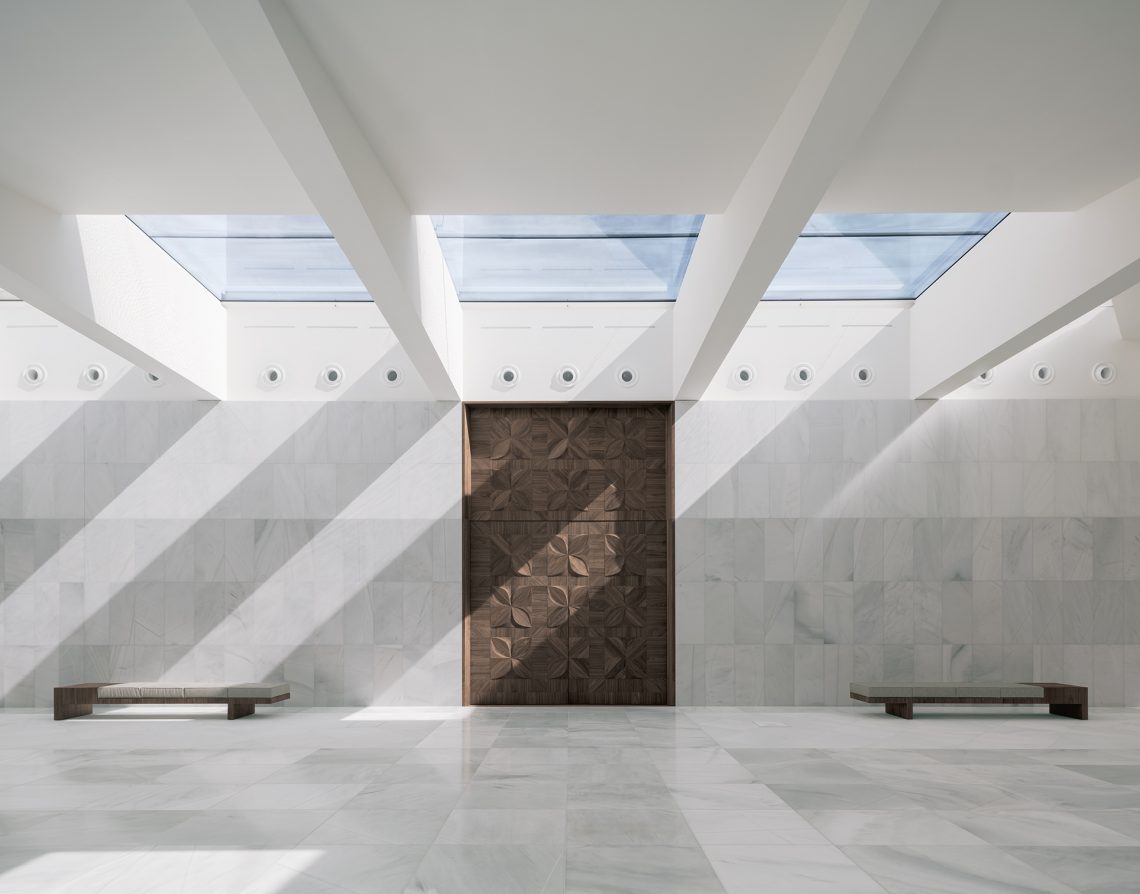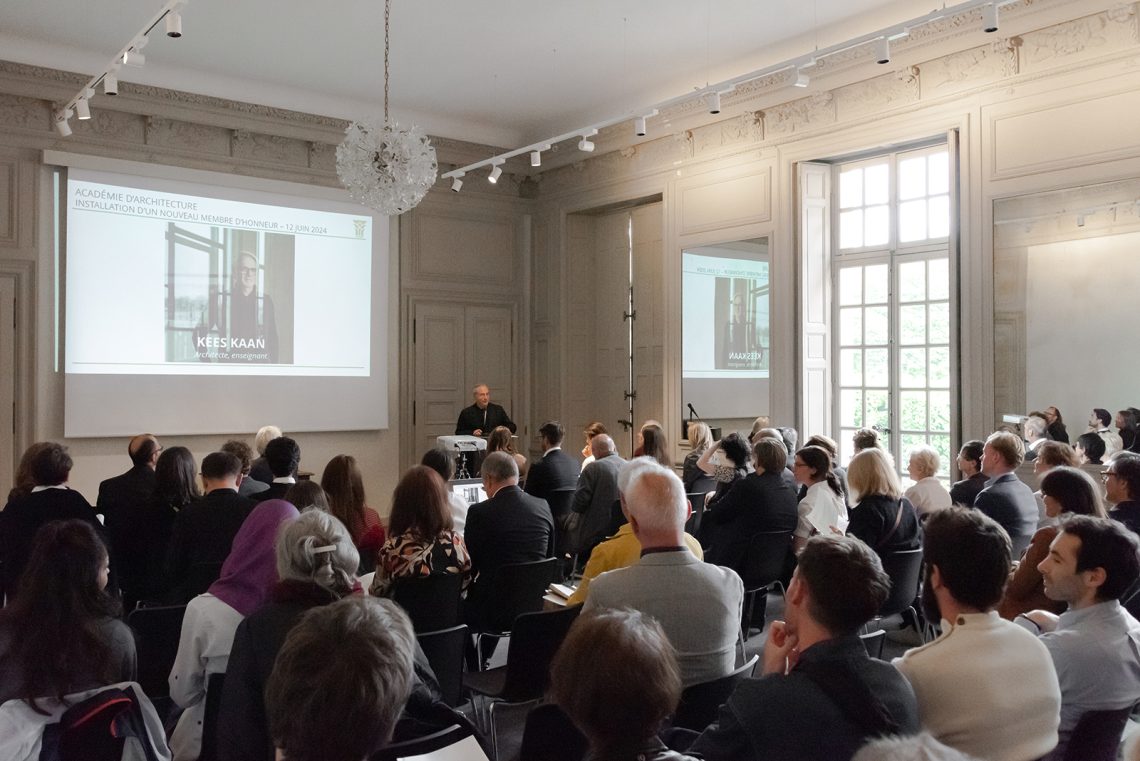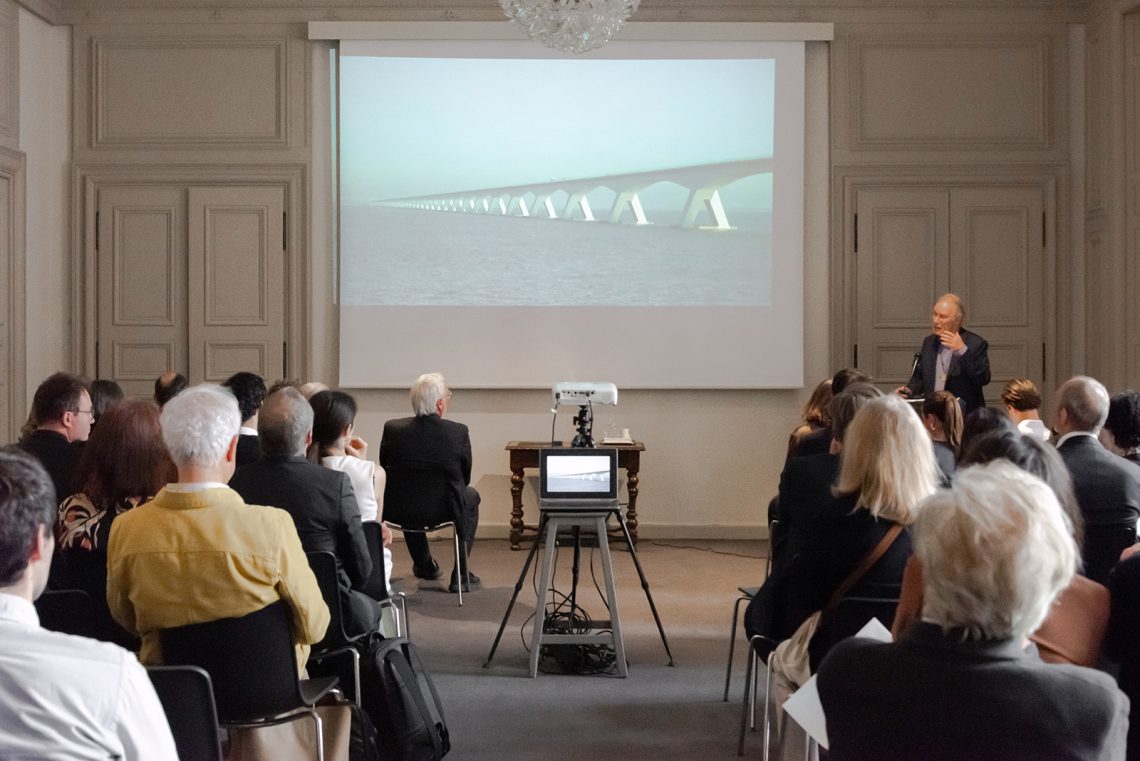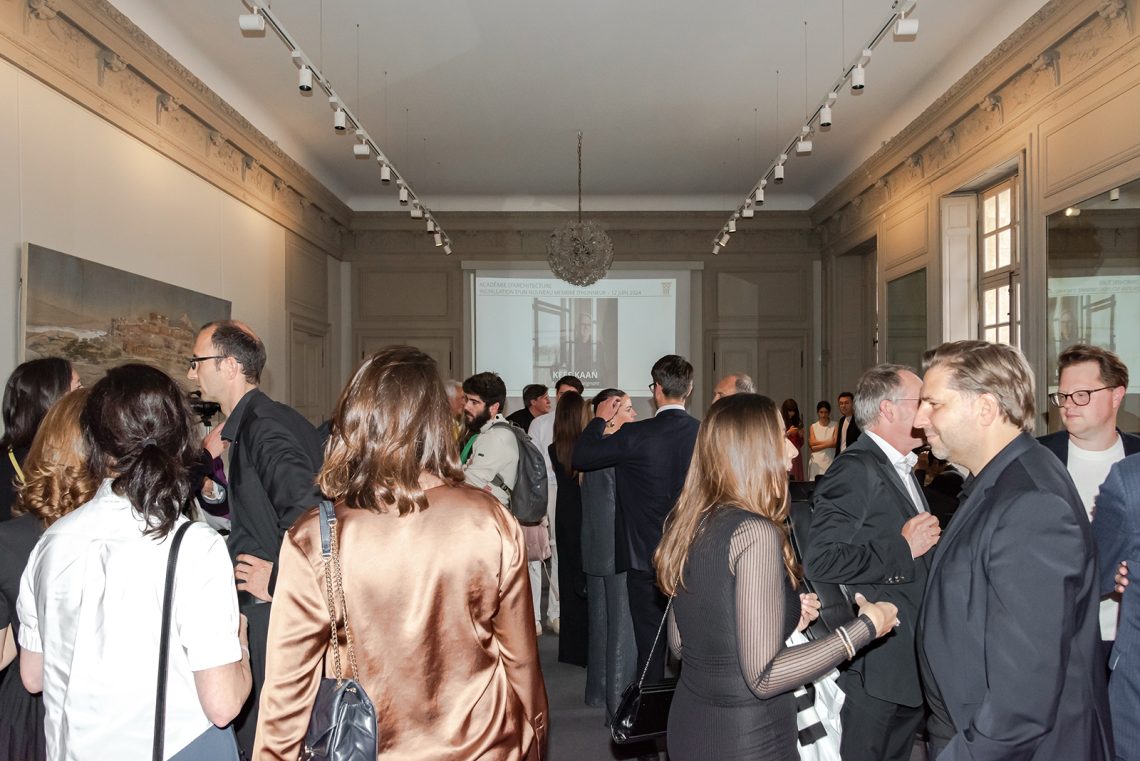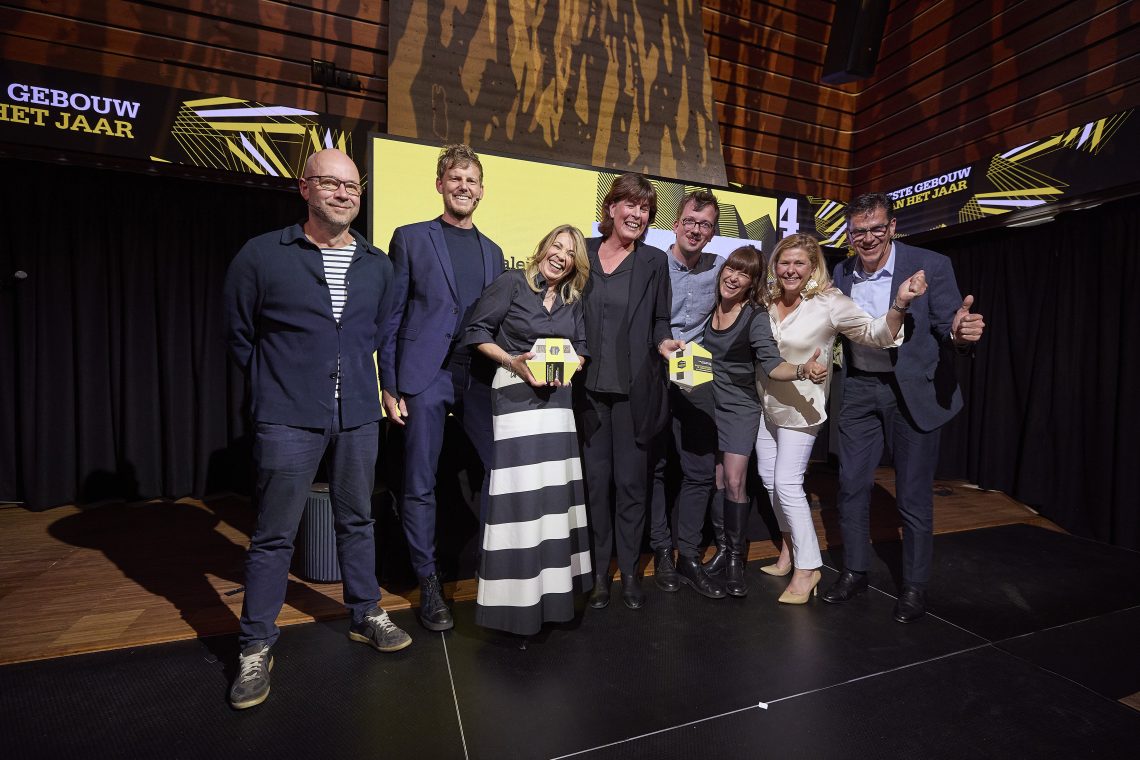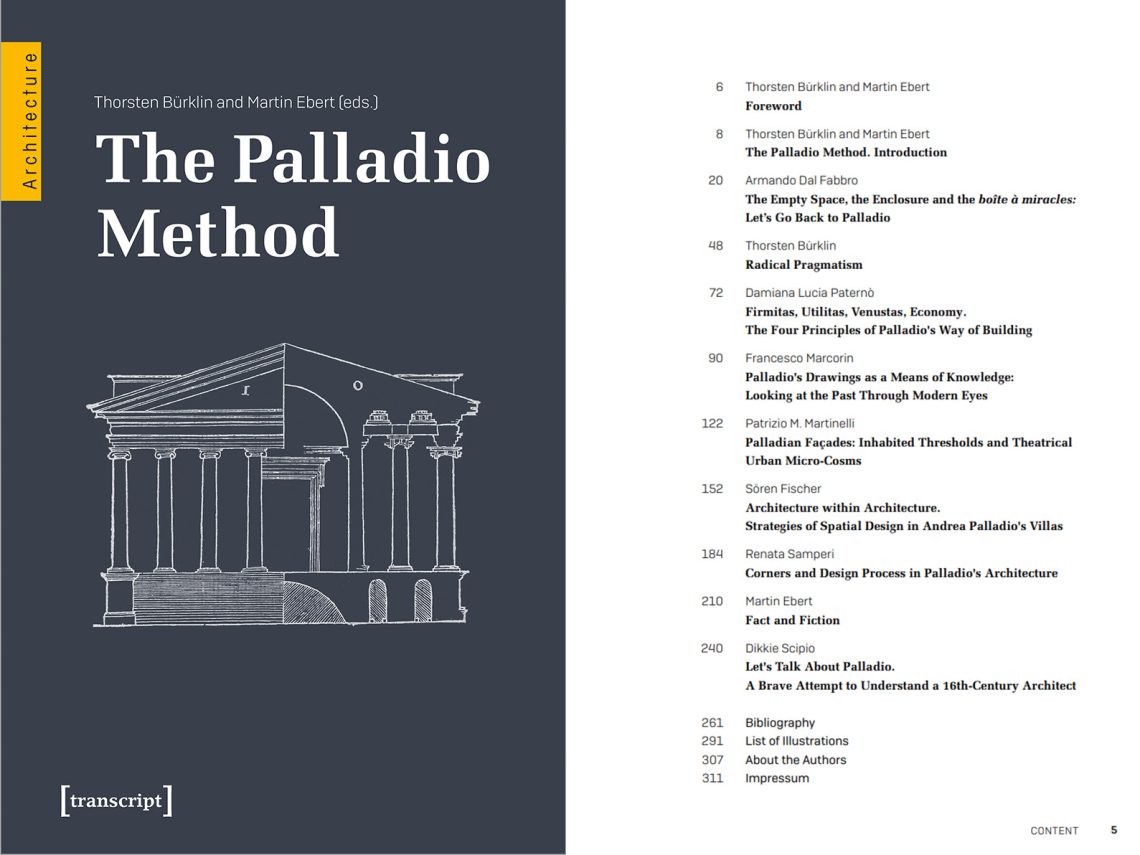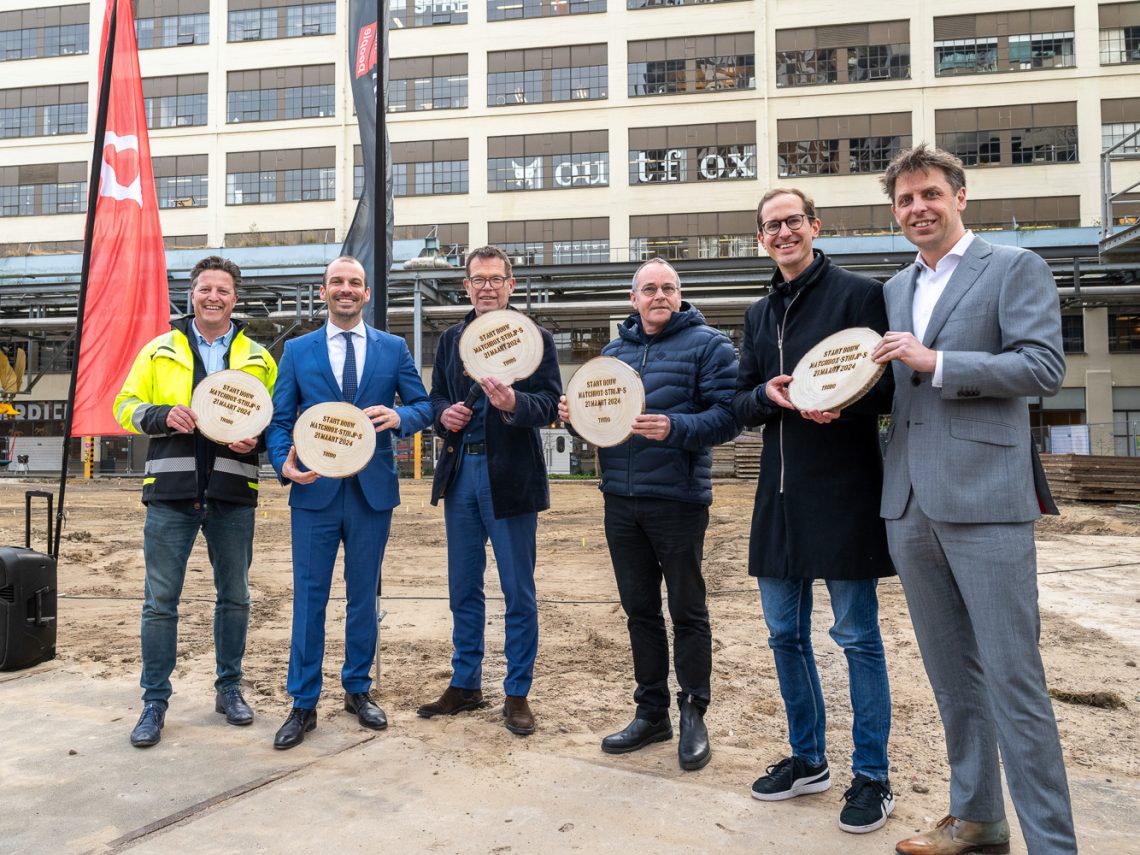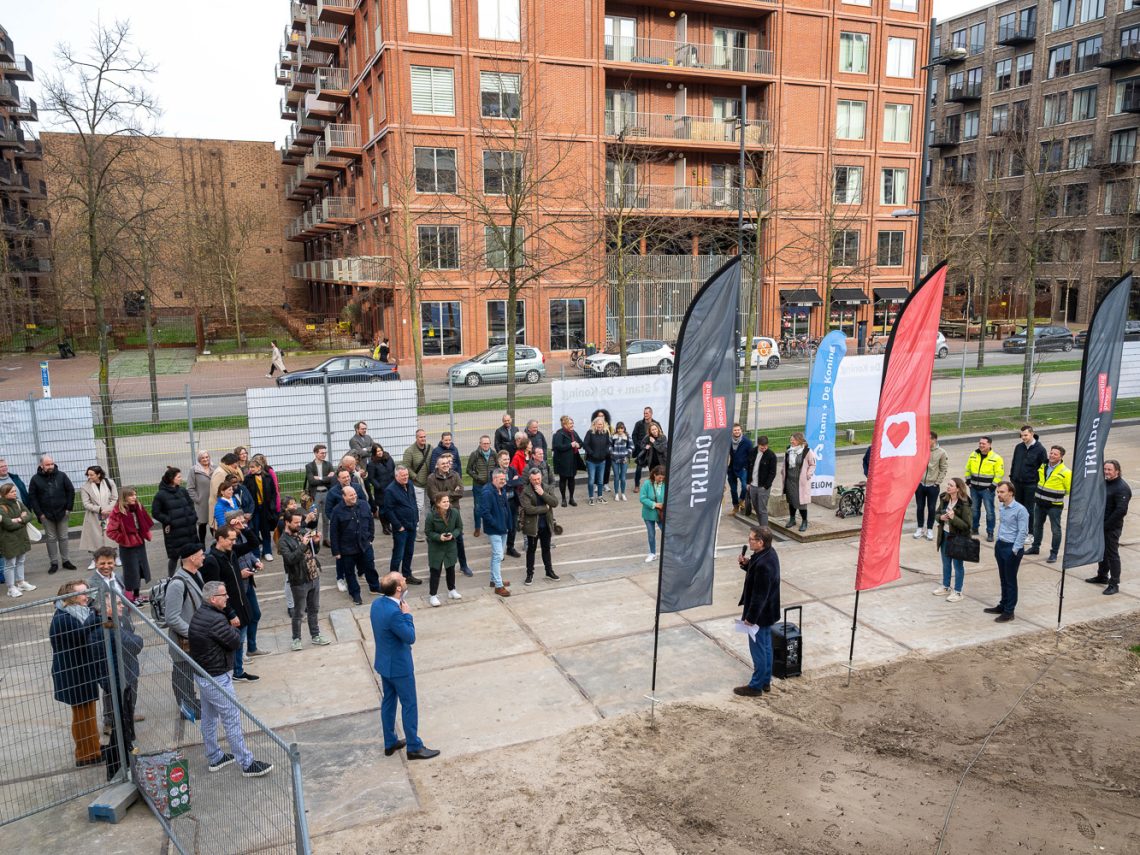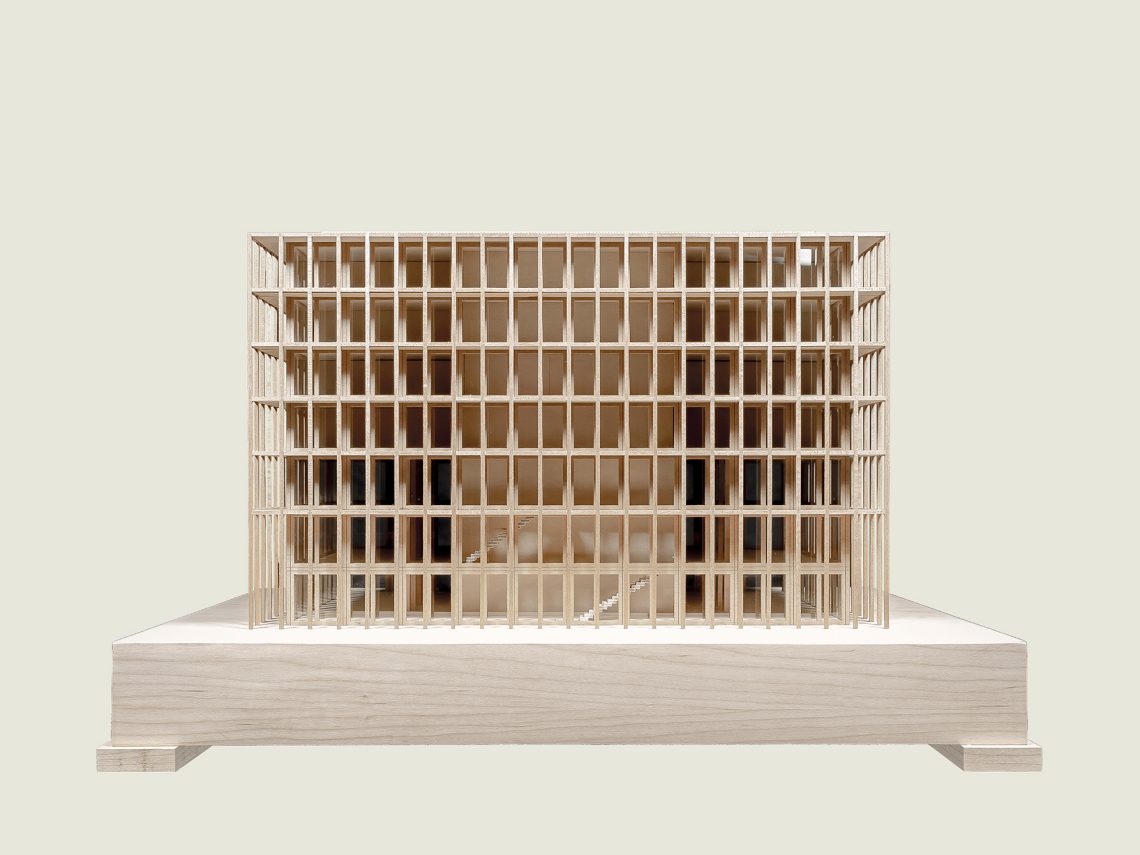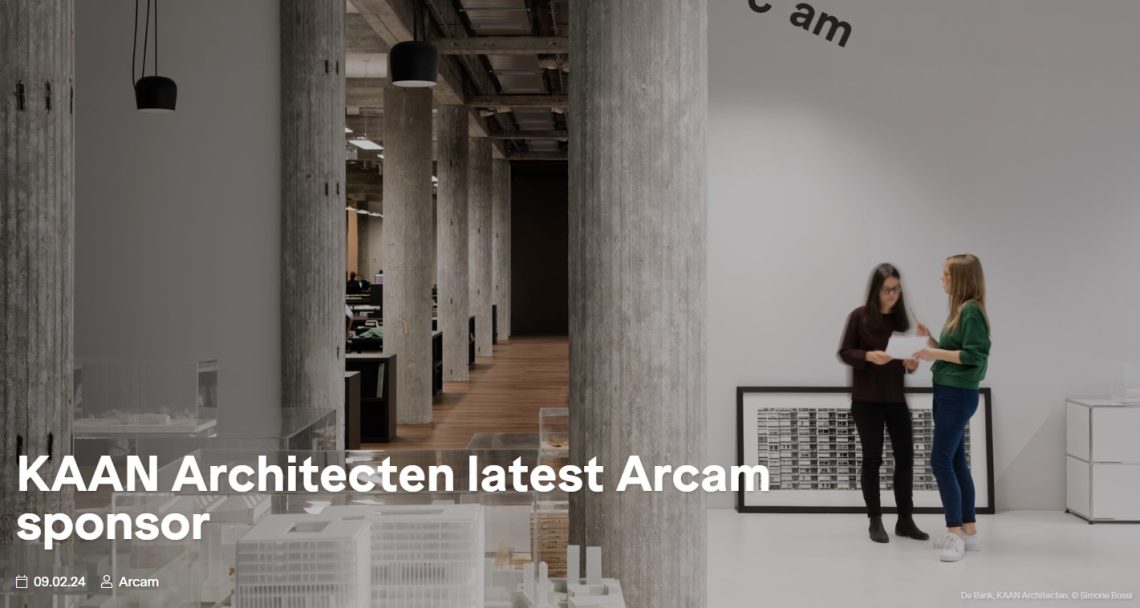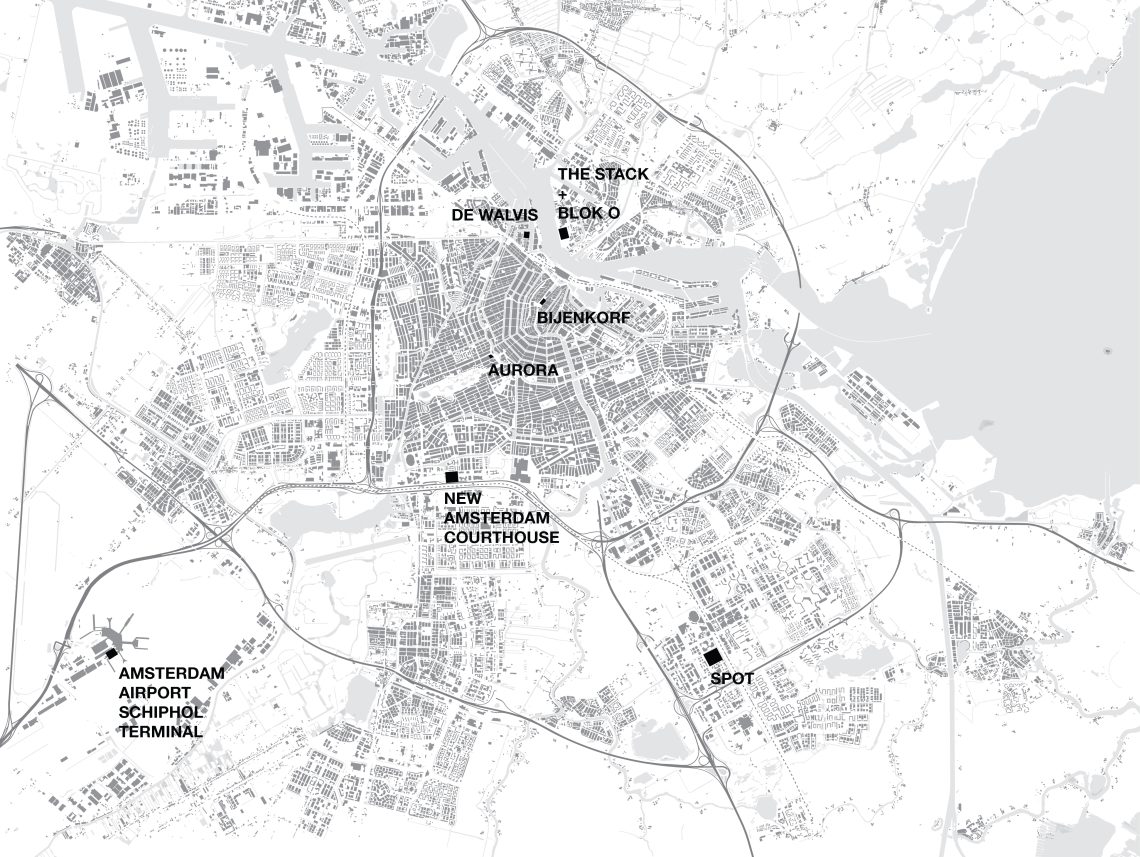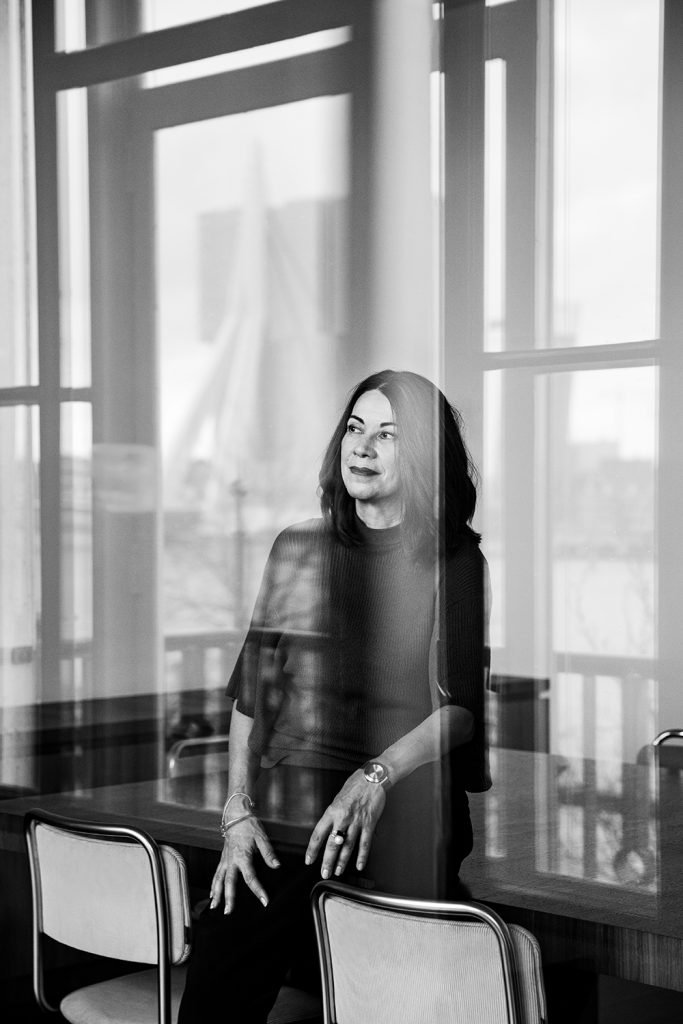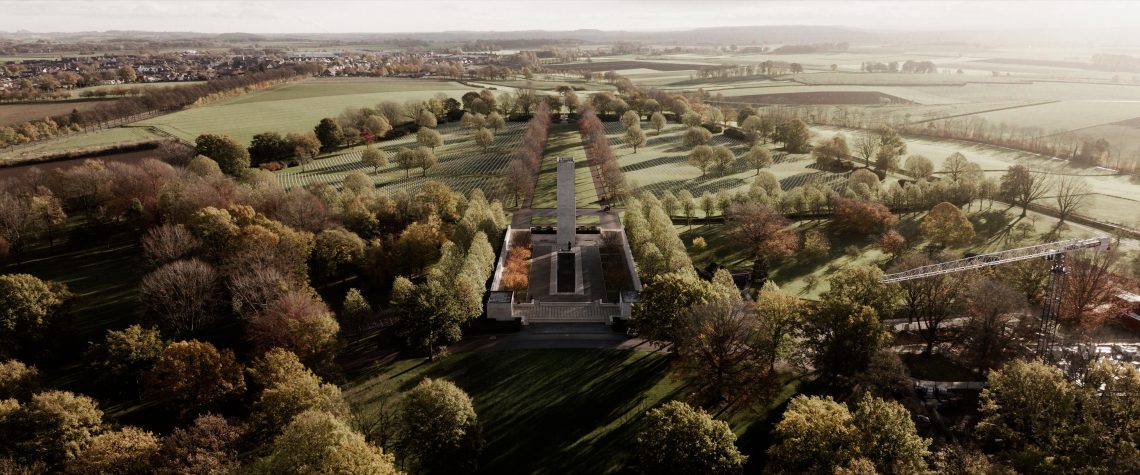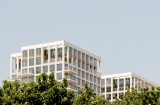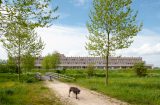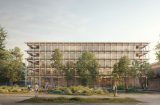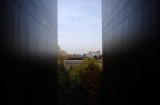08/05 2020
Architectural practice in times of confinement
French magazine L’Architecture d’Aujourd’hui initiated 'Confiné.es' (Fr. confined), an interview series that gives a voice to architects whose practices had to adapt to the new way of life, due to the imposed confinement over the COVID-19 spread. Kees Kaan, founding partner of KAAN Architecten, and Marylène Gallon, director of KAAN Architecten France, participated in the interview series. They reflected on differences in 'confined living' between Paris and Rotterdam and how this influenced their daily life routine as well as architectural practice.
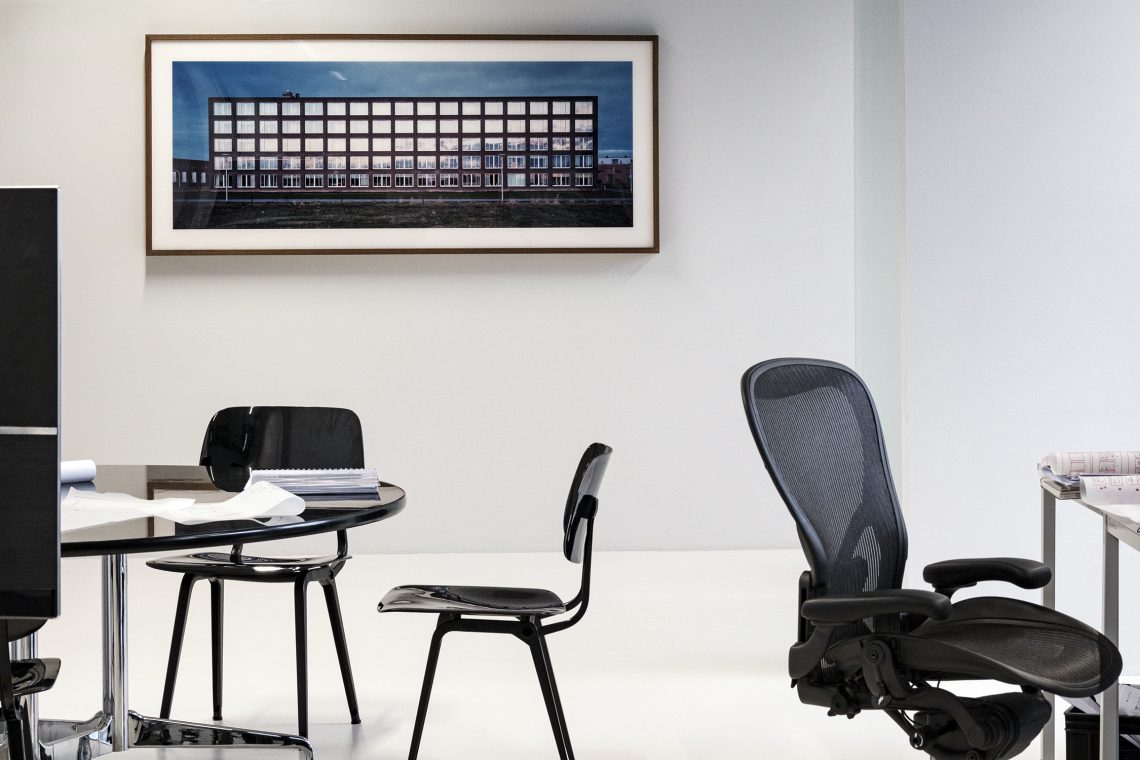
Read the English version of the interview below. French translation will soon be available on L’Architecture d’Aujourd’hui.
Where are you locked down and how did you get organised to continue working ?
KK: The lockdown in the Netherlands is relatively soft. A lot of responsibility is expected from the individual, there is no military in the streets. Overall, I see people taking care and behaving according to government’s recommendations. At the office, we started preparing for the lockdown in February. It was mainly about taking some extra IT measures and defining a protocol that enables a complete switch to remote work. We closed our offices in the middle of March, and since then ‘working from home’ has been the modus operandi. At the moment we are looking at how to reopen in the so called 1,5 meter economy.
MG: I am one of the people who left Paris to temporarily return to their native region, to facilitate the coexistence of professional and personal life. The other collaborators in Paris started working remotely from their homes, occasionally grouping up in one location with a couple of architects from different offices.
Are containment and architecture opposites?
KK: I wouldn’t say they are opposites. Architecture is not about enabling as much public interaction as possible. It is all about the relation of private behaviour in different public domains. It is about finding working relations and careful definitions of spaces for public and private interaction.
If social distancing permanently changes human interaction, then that will be a fundamental architectural issue. It will impact how we’ll redesign our physical world, from the detail to the territory.
MG: Considering our professional activity, it depends on the specific moment and phase of the project. Solitude and calm are often welcome. This confinement helps us avoid the compulsive need for meetings and facilitates concentration (once the kids are busy, of course…). Communication through email, team chats and video calls make things easier when we have to communicate with our partners. We were already quite familiar with working remotely between our Paris and Rotterdam offices, although we used to travel back and forth a lot, during certain key moments of the project (Rotterdam is only 2,40 hours from Paris). However, a team meeting around a blank sheet of paper, a plan, a model, a single screen is still extremely important. Projects are more and more collaborative; architecture resides precisely in this work of communication. This is what we keep on doing while adapting our process.
What lessons do you think you will learn from the ecological impact of this crisis?
KK: We see that nature is flourishing. No further explanation needed. Our standard behaviour has had a devastating impact on the environment.
Having said that, this does not mean we are lost and should not try to mitigate this effect. We are operating on the frontline of our profession and the building industry is one of the largest impactors in that environment. In our most recent experiences we learned that making our buildings more sustainable works better when the link that is made between capex and opex, when we not only design to win crazy competitions but also design to build and operate the building. When the lifecycle becomes an integral part of the brief, sustainable design gets a proper dimension.
This crisis shows us how quickly nature responds in a positive way to small changes in our behaviour. We should remember this when things turn back to ‘normal’.
MG: The speed of our society should be reconsidered: technologies, communications, mobility. Same goes for the balance between abundance and scarcity.
The society of abundance in which we live in often distracts us from what is essential. The available excess of seldom useless, energy or time-consuming goods and information, confronts me with the shortage of health supplies we are currently facing (masks, respirators, IC beds).
Within the building industry, many run after this abundance: concepts, materials, shapes, colours, technologies, labels, regulations; until they forget the essence of the projects. At our office, ‘the essential’ is a notion that we always keep in mind, as well as the importance of building something that lasts through time, fostering quality and adaptability.This leads to a certain architectural sobriety.
A film to see / a book to read during lockdown?
KK: Although in lockdown, I am still working both in our practice, as well as teaching and running the architecture department in Delft. At home, I am living with a family with children still in the school age. They are also ‘working’ from home. It is a very dynamic and lively setting here, no lonesome moments.
So now that we work remotely, it is not that I find an ocean of time to read or watch movies, rather the opposite. Not commuting saves time, but online work is slower and more focused.
I have no special books or films associated with the lockdown, although a very nice book comes to mind immediately. It is Being there by Jerzy Kozinski. It tells the story of a gardener, coming out of a lifetime lockdown in his garden, who is suddenly confronted with our society. It appears he has developed a completely fresh, non-corrupted and disarming state of mind.
MG: Considering the current atmosphere, I would suggest watching Soylent Green by Richard Fleischer and, for something more ‘French’, The wing or the thigh by Claude Zidi.
As for books, I would recommend some maritime tales to which we can relate at the moment: The long way by Bernard Moitessier, a story of a solo race lasting 11 months in 1969 and, more recently, Woman at sea by Catherine Poulain, a harsh story of large fishing boats in Alaska.
Finally, the special AA Hors-Série on KAAN Architecten: “Master Narrators” , of course😉
A social network to follow?
KK: @cp.complexprojects, @datapolis_cp, @espaciogris
MG: Keep in touch! Call your neighbour or your grandpa. Connect with your friends and family! Otherwise, follow @AA and @KAANArchitecten
What do you expect from this experience?
KK: I hope that after lockdown we can maintain some parts of the remote working system. In certain cases, it is more effective than continuously trying to meet physically. It saves travel time and it is better for health and the environment.
I also learned how vulnerable our system/economy is. It is entirely cashflow based. There are hardly any reserves. When the cash stops flowing – systems collapse. We somehow need to make our economy more sustainable. This requires us to plan for the longterm rather than for the quick win. Make companies more resilient on one hand, the employment system more flexible on the other.
A very interesting phenomenon is how quickly the new exceptional became the new normal.
People can adapt quickly and easily to new rules which become new norms, and then we display different behaviour. Dutch government bet on people’s sense of responsibility by announcing a relatively loose lockdown. I think it has worked, and it has set an example.
The 1.5-meter rule made us more gentle towards each other, and maybe even more polite. We avoid unnecessary movement and we have developed a cure from the ‘fear of missing out’ caused by intense social media exposure. Maybe we can hold on to this feeling after lockdown gets alleviated.
MG: First, I hope this will enhance Europe’s cohesion: beyond the circulation of people and capital, cultural and social ties are still far too weak. Education and sharing of knowledge still need to be consolidated and supported. Besides this, I wish the health system (finally) finds stability and balance. Being French and having lived in the Netherlands, I believe that the Dutch health system can teach us something in this regard. Finally, I hope education and culture get recognition as essential activities.
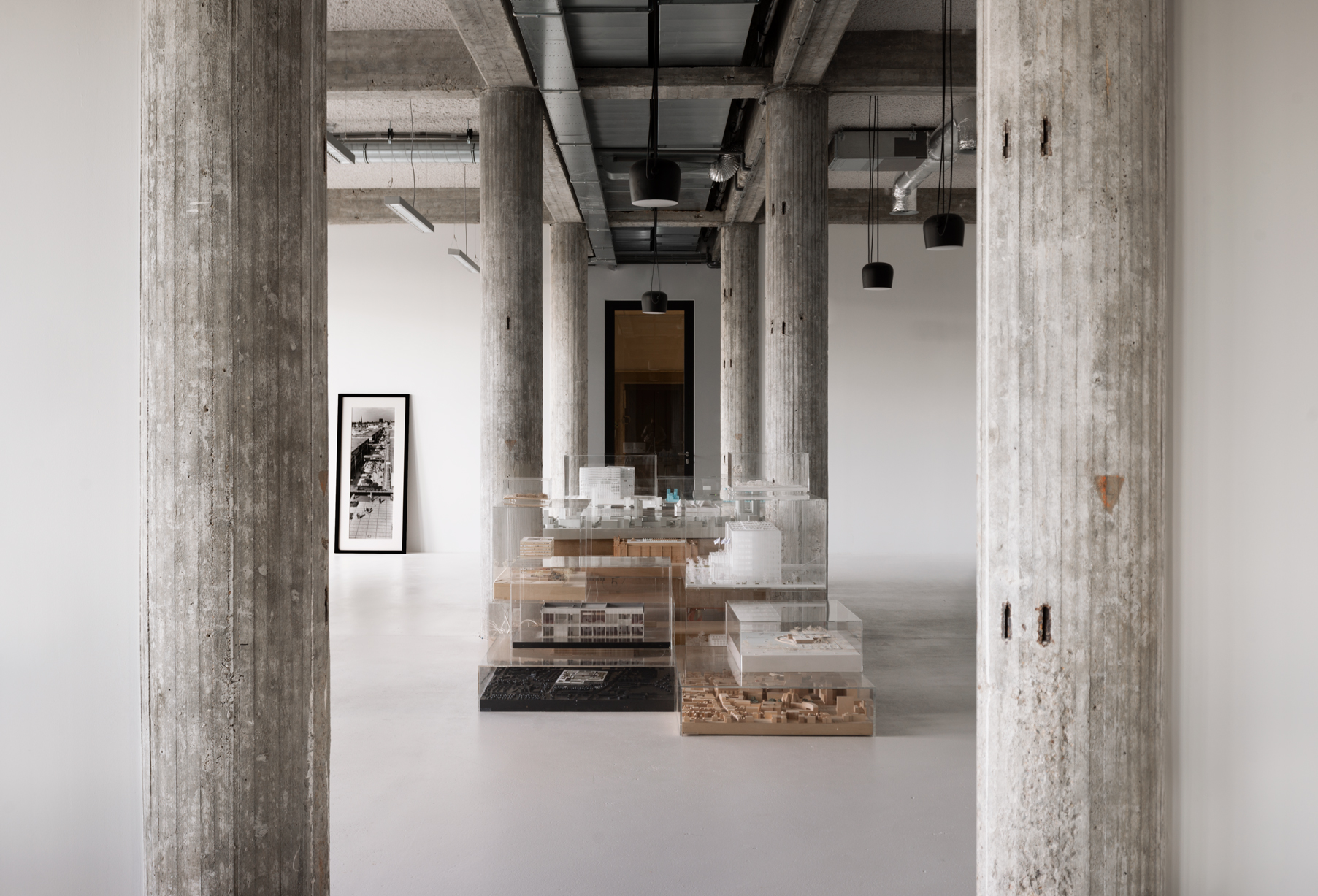
What impact does this containment have on the perception of both your workspace and domestic space?
KK: I have always loved working from home. I like the idea of participating in processes without being constantly present in the office. I have a great workspace in my house that allows me to work comfortably and in an effective way. Still, I miss the office and my team very much today.
The lockdown has forced many people with children to combine family life with daily work. Most of us have had a good opportunity now to test our homes, not just as places for touchdown and sleep, but as real homes to live in, spend hours together with family and find a good balance of privacy and company. I am sure the requirements for our living spaces will be critically reviewed in the near future.
I am also sure that most of us will be relieved when the kids go back to school and the office reopens.
I’m also doing my teaching and other TU Delft related work remotely. We meet students and have critique sessions online. It works, but it is far from ideal. Although it surely is a very interesting additional tool, online environments cannot replace real-life interaction (yet). This is why I believe that, as physical entities, the faculty and the office space will remain important for teamwork and for the special ambience they have for exchange of ideas and knowledge. The question is, however, if the large open floorplates crammed with people are sustainable in the coming years.
When the digital age started, some predicted that paper industry would die, but the opposite occurred. We use more paper now than ever before. On one hand remote work might reduce the need for office/work space, but increase need for living space on the other. Maybe the reduction was already assumed in the previous crisis implemented in flexwork offices. The need for social distance increases the demand for built space and infrastructure in general, and this is interesting in the context of the density debate.
The COVID-19 charts displayed on all media clearly showed the relation between urban density and levels of contamination. The denser the area, the more likely and quickly the virus could spread.
This puts the entire discussion on density, urbanity and territorial development of metropolitan areas in a new perspective. Maybe the polycentric model of The Netherlands is not such a bad one in this context after all.
MG: I constantly shift between my screen, on which I work at 200 km/h, and the slowness of family life. It is a bit like combining an early 20th-century lifestyle with the technologies of the 21st…Nevertheless, I’m grateful that this situation allows me to pursue both family and professional life in an isolated location.
Talking about housing conditions, isolation is not only a problem related to this crisis. Think about sick or elderly people, about geographically, socially or economically isolated citizens, or children who receive home-care and those who look after them (parents, nannies, babysitters), adolescents who spend a lot of time in their rooms, professionals who were already working remotely even before this crisis, etc. All living spaces must be dignified and comfortable, allowing people to spend most of their time there. It is now evident. This sanitary confinement consolidates certain ideas about house design and essential topics such as natural light, views, exposure to the sun, air circulation, flexibility and adaptability, outdoor spaces, nice atmosphere, etc. The city’s stakeholders should certainly learn the most from it. The opportunity is there, it must be seized and maximized.
